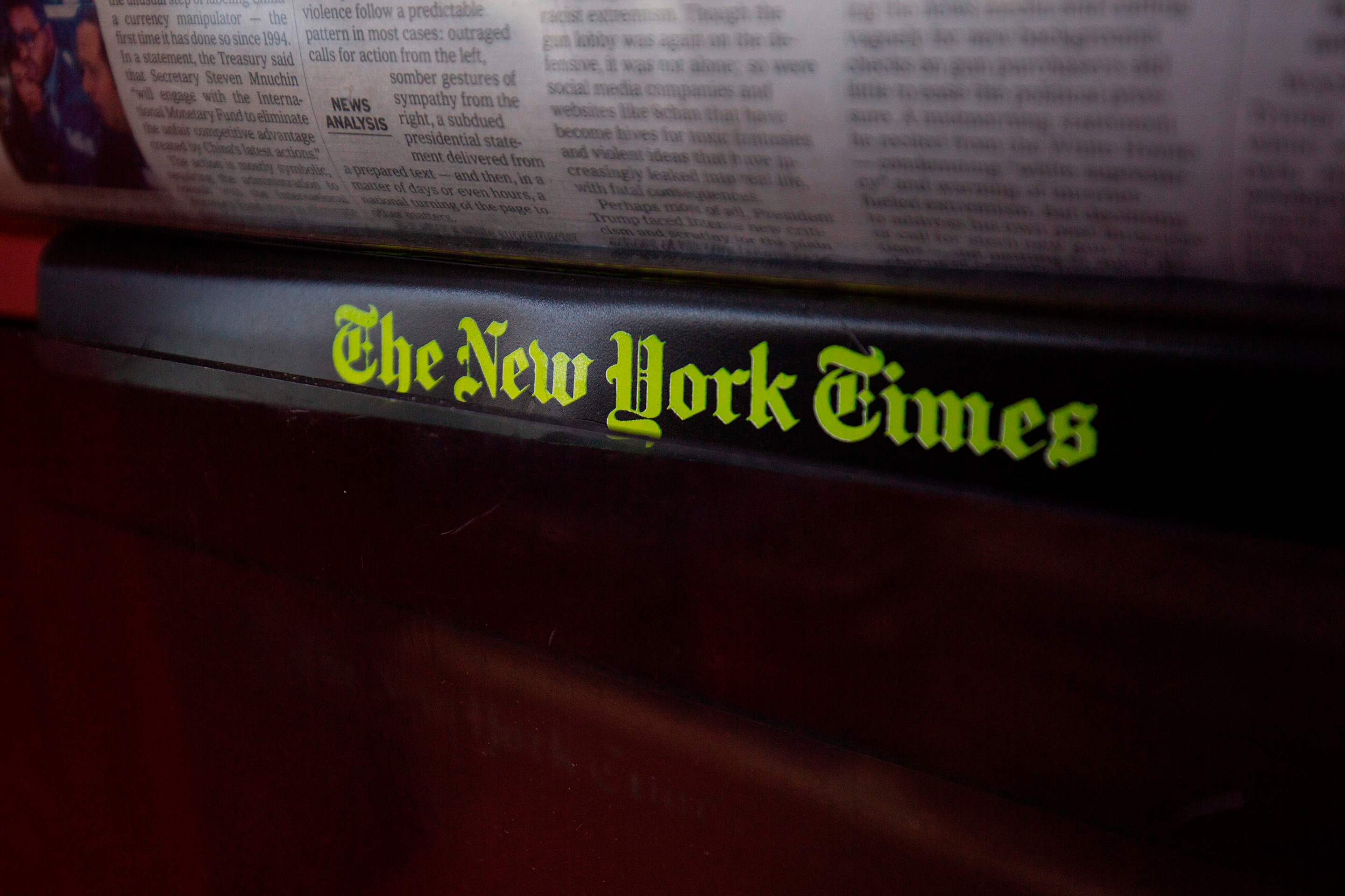Last week, the New York Times announced a sweeping new initiative aimed at building audience trust in the New York Times. The press release announcing the plan said:
Today, we are excited to introduce a team that will take on the challenge of developing innovative ways of deepening our audience’s trust in our mission and in the credibility of our journalism, no matter where it is encountered. [...] A new cross-functional team will help the company’s leadership establish a vision for how our report can continue to evolve to convey our values and ensure accuracy.
The difficult-to-parse nature of this jargon may be intentional, as Cliff Levy—the Times bigwig in charge of the operation—told me last week when he declined to discuss the project: "We are just getting started." The press release did, however, include a few actual words that provide clues to what this project might be about.
The team will span across the company, with colleagues from the newsroom, product, design, marketing and communications, research and other departments. [...] That includes highlighting our independent, original reporting from around the world, the deep expertise of our journalists and the measures that we take to ensure accuracy.
This, as it's laid out here, is a marketing exercise; the logical solution if you think, as Times honchos clearly do, that the problem of waning audience trust is located squarely in the audience's lack of understanding of what New York Times journalism is, and not in anything having to do with the company's approach to journalism itself. Over the weekend, Vanity Fair had some more details on the project:
“The media in general and The New York Times in particular have taken a lot of shots in recent years, and every poll will tell you that the media is not trusted,” one source said. “How do we, in this era of so much distrust in the media, show the rigor we use in preparing our report to sort of win people over? The fact that we have a Supreme Court reporter who’s a lawyer, or that we have a medical doctor writing about COVID—we know that stuff, but how do we get that across?” The other source familiar with the project said, “It’s about ensuring that people understand how and why we do what we do.” And crucially, that this sense of understanding transcends the Upper West Side, or any other stereotypical Times constituencies. “This work, more broadly,” the source said, “will hopefully resonate with right of center people, centrists, left of center people—a lot of the work is just to ensure people understand what the Times does.”
Vanity Fair
Though the assumption that people don't trust the New York Times simply because they don't understand how journalism works accidentally but neatly encapsulates one actual reason people may not trust the Times—people generally do not like being condescended to—the ickier notion is that some sort of messaging work can and should be done to win over certain political factions.
Transparency builds trust. Reporters embedding in the communities they cover builds trust. Calling a spade a spade builds trust. Avoiding false equivalence builds trust. "Highlighting our independent, original reporting from around the world, the deep expertise of our journalists and the measures that we take to ensure accuracy" is just marketing language meant to demonstrate to Times brass, who are perhaps growing more concerned about the post-Trump downturn in subscriptions, that necessary and important work is being done in order to keep the paper's readership robust. Who knows if all this effort to pitch the Times to readers across the political spectrum who are not from "stereotypical Times constituencies," will actually work—which potential readers will this project actually be targeting?—but it will definitely provide some prestigious make-work jobs for people at the paper looking to build a resume.






